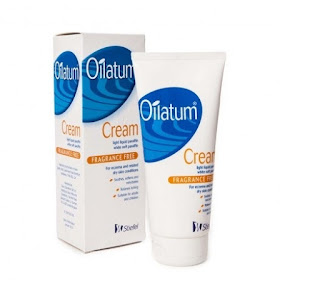It is always an exciting time when your LO starts eating solids. If you do research on the internet, you will see that the conventional thought pattern is to only introduce solids at the age of 6 months. The thought behind this is that there is a reduced chance of developing allergies. However, the view is once again changing and that the introduction of solids at around 4 months is more realistic and ideal. This all depends on you though. Consult your paediatrician if you are unsure about anything. My paediatrician recommended that I start at 4 months. My LO also started showing an interest in our food at 4 months so I took his lead and haven't looked back since!
Remember to allow 1 week to check for allergies (not the usual 3 days)!
Stage 1 Foods (4-6 months):
These are the first, single ingredient, pureed foods to offer your baby. This allows you to monitor your baby for allergies. I have chosen to make my LOs food from scratch but do feed him Purity fruits or the stage 1 foods from Woolworths on occassion. I find the processed veggies very bland of natural flavour whereas homemade food is much tastier.
I started LO on 1t of rice cereal in the afternoons, working up to 4t, after which I introduced rice cereal in the mornings. Once he was finishing his breakfast I introduced veggies in the afternoon. The school he goes to provides homemade food to the babies so this was perfect and I didn't have to worry about what he was eating.
Once I established if there were any allergies I started making combinations:
- Sweet potato, butternut and apple
- Sweet potato and carrot
- Butternut and carrot
- Rice cereal and mashed banana / apple puree / pear puree
How to make baby food from scratch:
- Wash all fruits and veggies before use.
- Steam your veggies and fruit.
- Blend the food until smooth adding water or baby milk if needed for a smoother consistency.
- Do not add salt, sugar or fats to the food.
- Add to ice cube trays. Measure 1T to start off with and then graduate to 2 and 3T as your baby starts eating more. Eventually your baby may eat half a jar or a full jar (80ml, 2.5oz) of food per sitting
- I use a Salton baby food steamer and blender. I got this as a gift but I am sure you can find this in most baby shops or retail stores.
Stage 2 Foods (6-8 months):
These foods are very similar to stage 1 foods, but they have more texture and are strained rather than pureed. Here you can start introducing finely ground up chicken or mince. My LO loves rice that I have squashed for him. He even chews his food even though he only has his bottom teeth, very cute!
Stage 3 Foods (8-10 months)
This is when you start introducing textured food that is mashed and a little chunky.
I followed a very basic schedule and eating plan from JustMmammas (http://www.justmommies.com/babies/babys-first-foods-chart):









